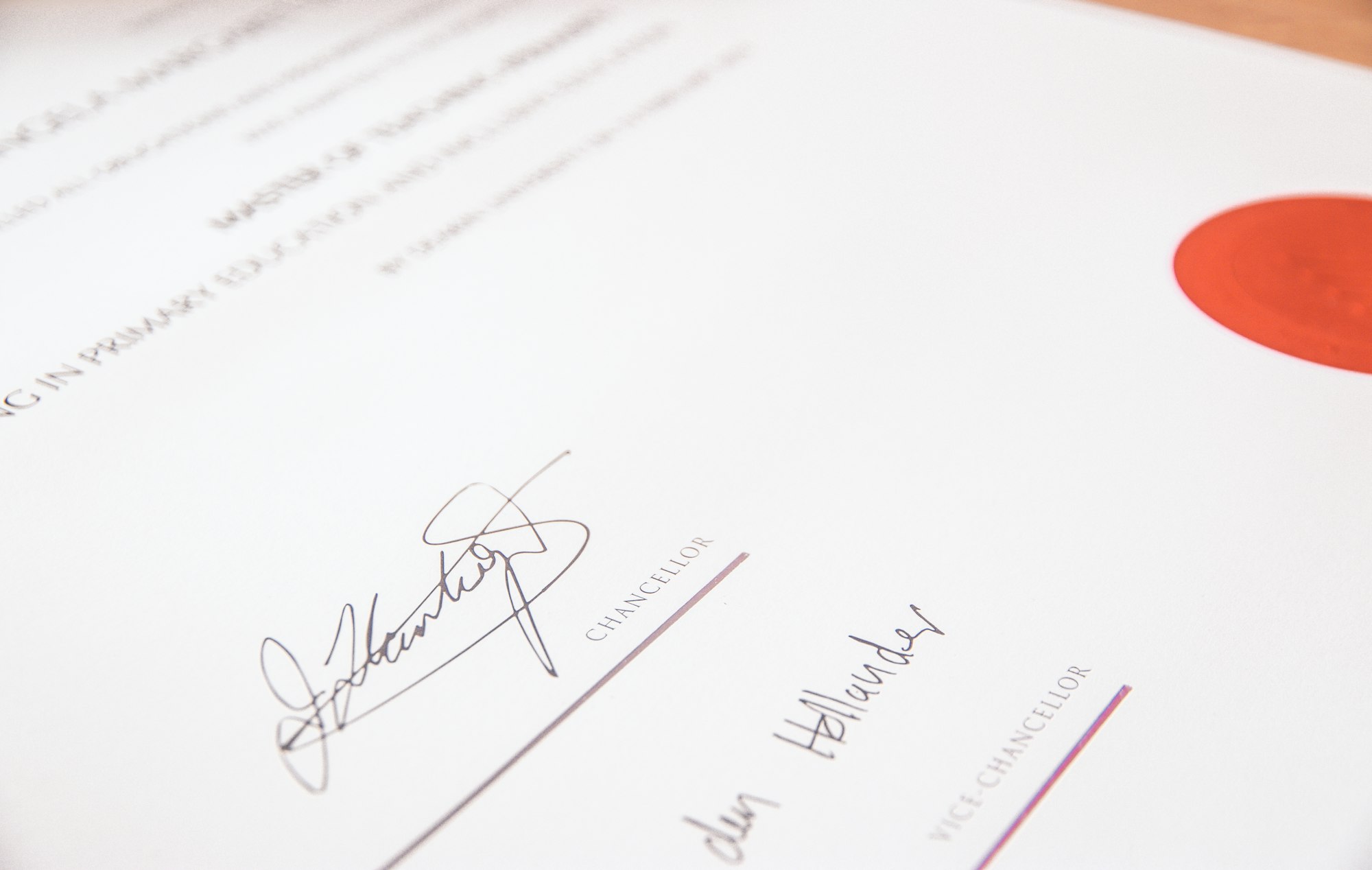It’s official: Older LinkedIn users really do get fewer job offers. A recent study in the Journal of Personnel Psychology found that older users received significantly fewer job offers than younger users — despite having objectively better profiles.
So, if the quality of your LinkedIn profile doesn’t make a difference, what does? Keep reading to find out what factors do make a difference — but first, let’s take a look at what the study actually says.
Study shows older LinkedIn users get fewer job offers
The study followed two groups of LinkedIn users — one younger group in their 20s, and one older group in their 50s. Researchers predicted that the younger group would have more effective LinkedIn profiles, but the opposite turned out to be true.
Despite that, the older users still received fewer job offers. Why?
Here are the factors the study considered:
- Number of LinkedIn contacts
- Experience
- Education
- Skills
- Recommendations and endorsements
- Profile photos
Of these, only one factor significantly affected the outcome: The study found that using a younger profile photo resulted in more job offers.
Stereotypes about older workers
Why would recruiters hesitate to hire an older worker, when experience is supposedly everything? Here are the stereotypes about older workers that we’re aiming to correct.
A lot of hiring managers (wrongly) believe that older workers:
- Are less familiar with technology
- Aren’t up to date on current practices
- Have outdated skills
- Are less competent
- Are unwilling (or unable) to adapt to change
Despite the linked study — and others — proving that these assumptions aren’t true, they still persist in the minds of many recruiters.
Knowing that, should you be more focused on hiding your age, or on proving that it won’t negatively affect your work performance? The best strategy is to do a bit of both.
How to age-proof your LinkedIn profile
If age discrimination is so prevalent on LinkedIn, how can you avoid it? Here’s how to keep the job offers rolling in at any age.
- Use a younger photo. This was the number one factor in getting more job offers as an older user. If this seems dishonest, remember that traditional resumes don’t have photos for a good reason — you’re just leveling the playing field.
- Remove dates. Not from your work experience, obviously, but from other areas of your LinkedIn profile. If you still list your graduation date or anything else that can easily pinpoint your age, get rid of it.
- Streamline your work experience. Just like your resume should only go back 10-15 years, your LinkedIn profile doesn’t need to list every single job you’ve ever held. Unless your accomplishments are particularly compelling or you’re applying for high-level positions requiring 25+ years of experience, it’s okay to leave older jobs off your LinkedIn.
- Revamp your LinkedIn summary. Unlike a resume summary, which is optional, your LinkedIn summary is the heart of your profile. Don’t be afraid to go more in-depth than you would on a resume — aim for a few paragraphs, or around 200-300 words.
- Showcase your skills. One of the biggest misconceptions about older workers is that they’re less technologically adept. Combat this upfront by including skills that prove you’re tech savvy and up to date on recent trends in your industry.
- Use the right keywords. Keywords are how recruiters will find your profile in the first place. No matter how good your profile is, you won’t get offers if people never see it. Craft a keyword-rich headline that includes your essential skills and experience — here are some examples of how to get it right.
- Get professional advice. LinkedIn Review is a free, professional service that analyzes your LinkedIn profile and provides personalized feedback — why not give it a go?
And don’t forget to update your resume while you’re at it — follow our guide on how to write a resume as an older worker for resume-specific tips. I'd also recommend uploading your resume to the tool below. It'll analyse your resume line-by-line and suggest ways to improve.
Common misconceptions about older workers and LinkedIn
There’s a lot of advice floating around about the best way to optimize your LinkedIn profile. But how much of it is helpful — and how much is straight-up misleading? Here are some common misconceptions about LinkedIn to avoid.
MYTH: You can avoid age discrimination by not having a photo of yourself.
FACT: Including a profile photo on your LinkedIn profile is so standard that not having one will make you look out of touch with professional norms — the opposite of how you’re trying to appear. If you don’t have a good-quality younger photo of yourself, using a current picture is better than not having one at all.
MYTH: You should only connect with people you know.
FACT: LinkedIn’s search algorithm prioritizes users with more connections. Aim for 500+ connections to make your profile look more professional and land higher up in recruiter searches.
MYTH: You only need LinkedIn if you’re looking for a job.
FACT: LinkedIn is more than just a job board — it’s a valuable professional networking tool. Actively posting on LinkedIn, joining groups, and commenting on other people’s posts can all help you form relationships that will help your career — whether or not you’re actively job hunting.
MYTH: You should avoid LinkedIn if you value your privacy.
FACT: LinkedIn has detailed privacy settings that let you control how much information other people see. You can limit parts of your profile to your contacts, choose who is allowed to message you, or even hide the fact that you’re job hunting from everyone except recruiters — so you can keep your job search a secret even if your boss regularly checks your profile.










